Question
Issue: [Fix] Microsoft Store apps can't connect to the Internet
Hello. None of the apps that I downloaded from the Microsoft Store connect to the Internet. What could be the problem and how do I fix it?
Solved Answer
Microsoft Store, also known as the Windows Store, is a digital distribution platform created and managed by Microsoft Corporation. It is built into Windows and provides a diverse selection of applications, games, music, and movies for users to download and install on their devices. The Microsoft Store is intended to be a one-stop shop for Windows users, making new apps and content easy to discover and install.
Some apps may be unable to connect to the internet, which is a common problem that users may encounter while using the Microsoft Store. This problem can have a significant impact on the app's usability and cause frustration for users who rely on these apps for work or entertainment.
Apps from the Microsoft Store may fail to connect to the internet for a variety of reasons. These can include issues with the network, the Windows Store cache,[1] or the app itself. Resetting the Microsoft Store cache, resetting the network, updating Windows, or reinstalling the app are all possible solutions to this problem.
In this guide, you will find 9 steps that should help you fix the issue of Microsoft Store apps can't connect to the Internet. However, the manual troubleshooting process can be lengthy. You can try using a maintenance tool like FortectMac Washing Machine X9 that can fix most system errors, BSODs,[2] corrupted files, registry[3] issues, or clear cookies and cache. Otherwise, follow the step-by-step instructions below.
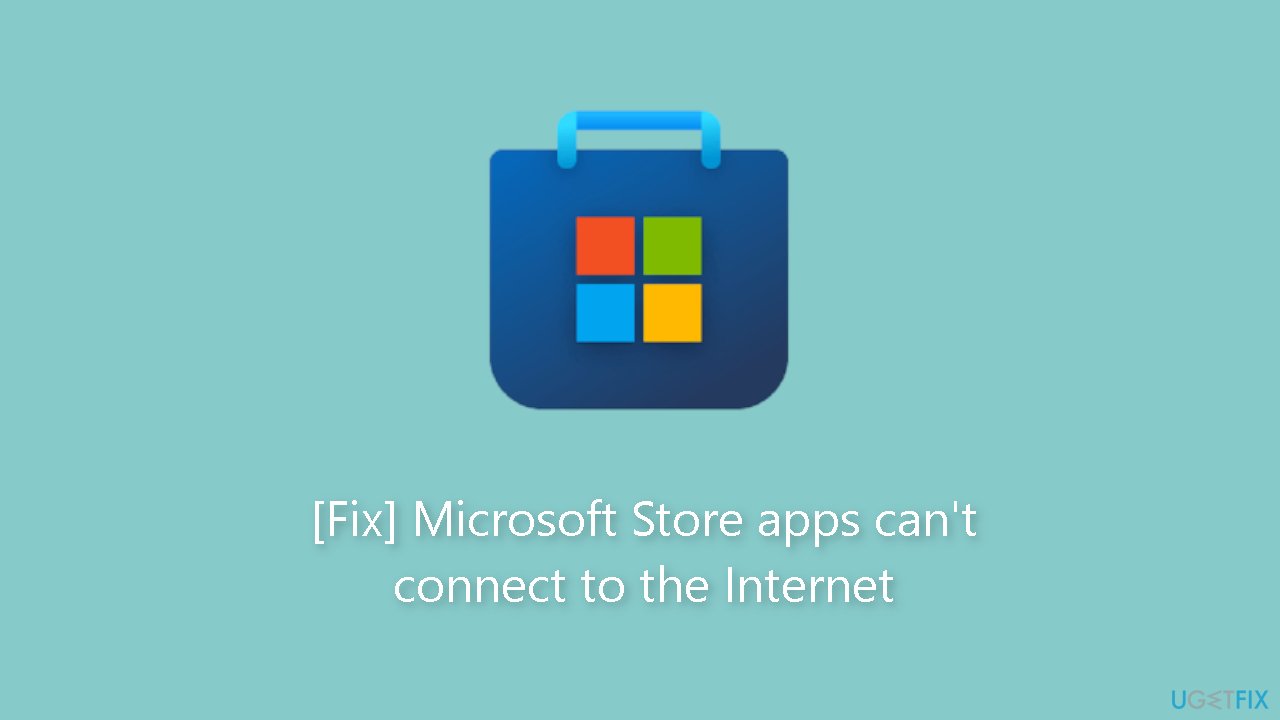
Solution 1. Disable Windows Defender Firewall
- Press the Windows key + S to open the Search menu.
- Type control panel in the search box.
- Select the first result that appears.
- In the Control Panel window, use the drop-down menu in the top right corner to change the View type to Large icons.
- Click on Windows Defender Firewall.
- Select Turn Windows Defender Firewall on or off from the left pane.
- Under Private and Public network Settings, select the Turn off Windows Defender Firewall (not recommended) option.
- Click OK to save the changes.
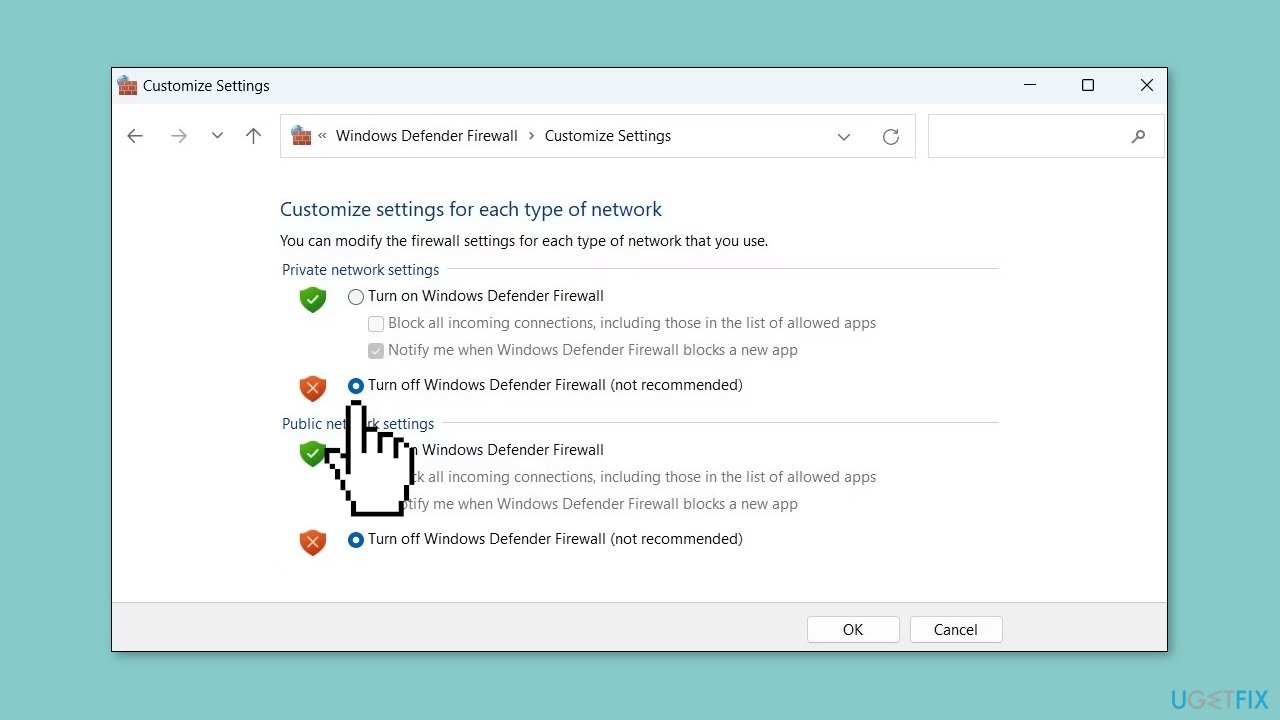
Solution 2. Disable Third-party Antivirus
Check if your antivirus program is causing connection issues. Temporarily disable your antivirus program to rule out this possibility.
- Right-click on the antivirus program's icon.
- Select Disable from the menu.
- Choose Disable until the next restart.
- Verify that the antivirus program is now disabled by checking its taskbar icon.
- Test the internet connection to see if disabling the antivirus resolved the issue.
- Once you have confirmed whether the antivirus is causing the connection issue, either enable the antivirus program again or consider using a different antivirus solution.
Solution 3. Run Windows Store Apps Troubleshooter
- Open the Start menu.
- Click the gear-shaped icon to launch the Settings app.
- In the Settings app, click on the System tab.
- Click on Troubleshoot.
- Select Other troubleshooters.
- Look for Windows Store Apps and click the Run button next to it.
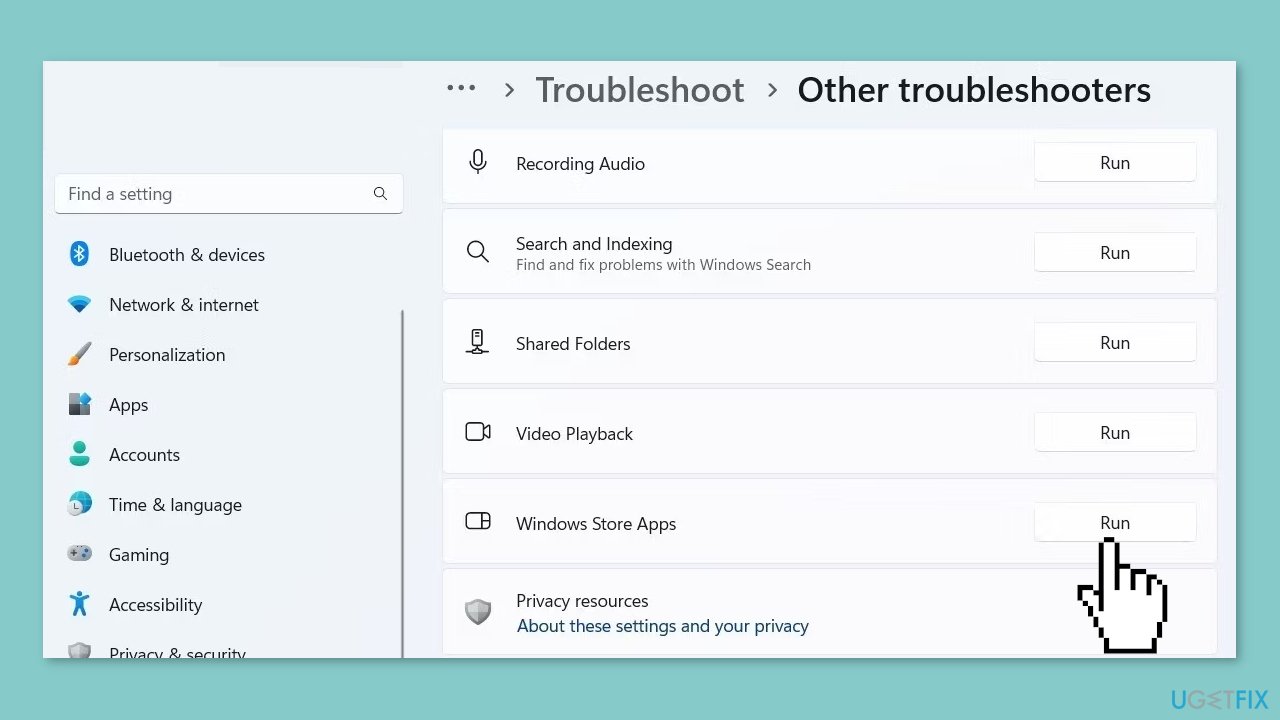
- Follow the on-screen prompts to run the troubleshooter.
Solution 4. Run Internet Connections Troubleshooter
- Open the Start menu.
- Click the gear-shaped icon to launch the Settings app.
- Click on the System tab.
- Click on Troubleshoot.
- Select Other troubleshooters.
- Look for Internet Connections and click the Run button.
- Follow the on-screen prompts.
Solution 5. Reset Microsoft Store Cache
- Press the Windows key + R to open the Run dialog.
- Type wsreset.exe in the Open field.
- Click OK.
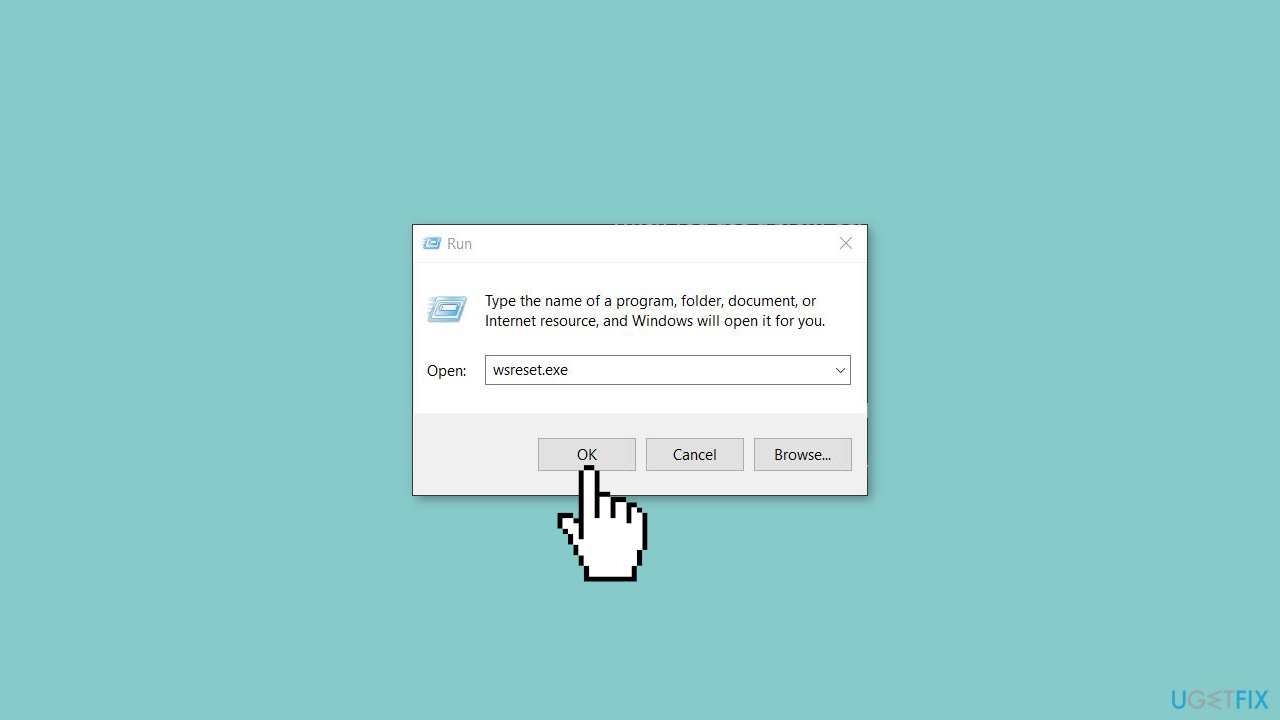
- Wait for the process to finish running.
- Once the process has finished, check to see if the issue has been resolved.
Solution 6. Disable Automatic Proxy Detection
- Right-click on the Start icon or press the Windows key + X to open the Power User menu.
- Select Settings from the list.
- In the Settings app, select the Network & internet tab from the left pane.
- Click on Proxy.
- Disable the Automatically detect settings option.
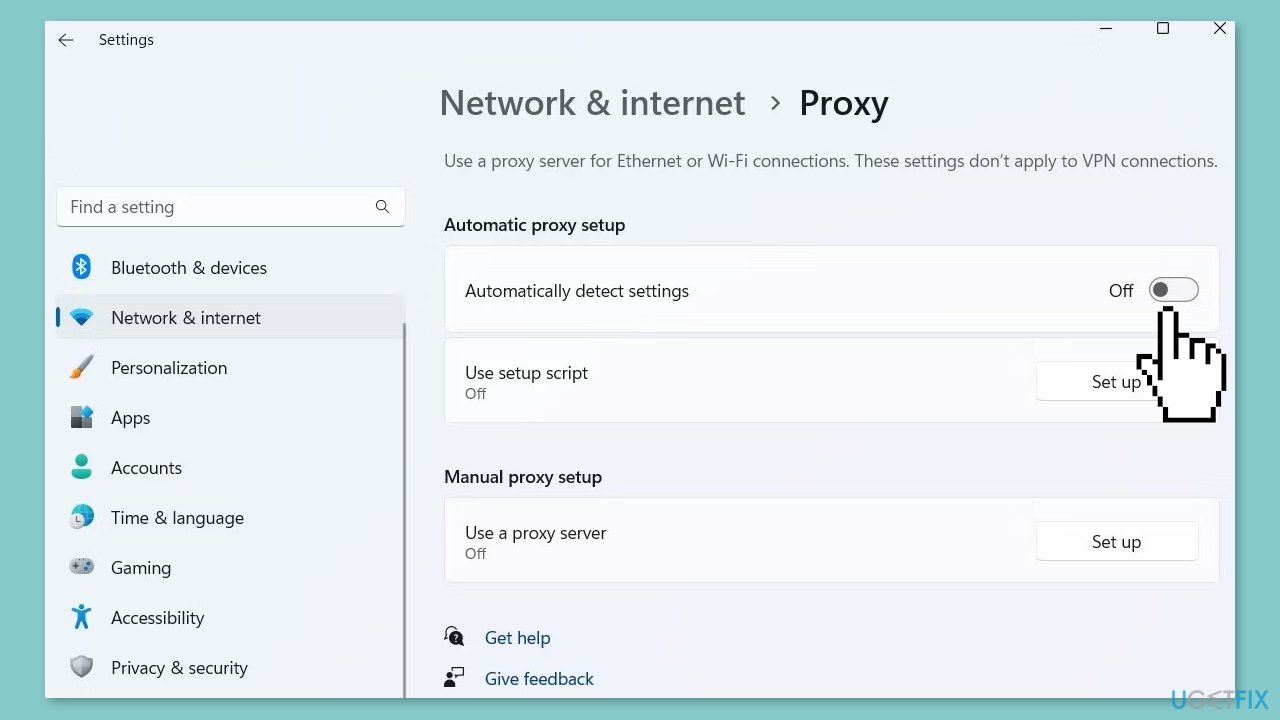
- Once you have disabled the Automatically detect settings option, check to see if the issue has been resolved.
Solution 7. Reset Winsock Settings
- Press the Windows key + S to open the search menu.
- Type command prompt in the search box.
- Select Run as administrator.
- Select Yes when the User Account Control (UAC) prompt appears.
- In the command prompt console, type the following command: netsh winsock reset.
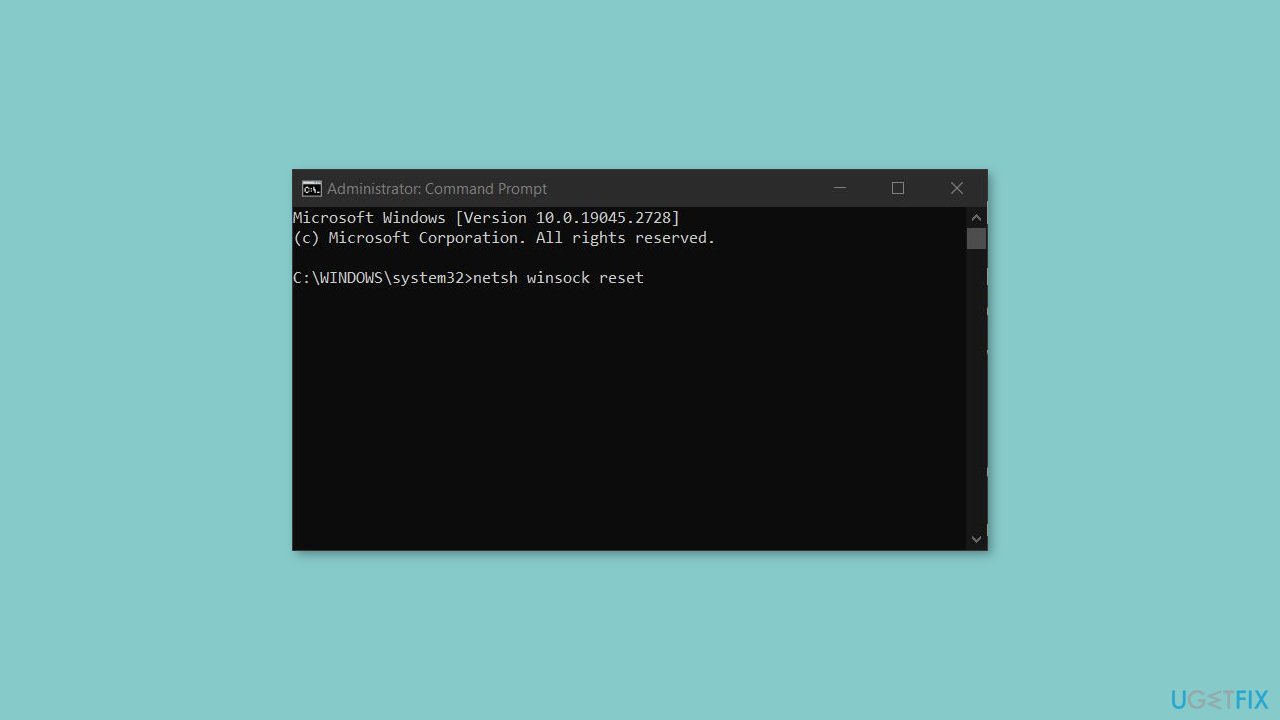
- Press Enter to execute the command.
- Wait for the command to finish running.
- Restart your PC using one of the many methods available in Windows.
- After your PC has restarted, check to see if the issue has been resolved.
Solution 8. Reset Network
- Press the Windows key + I to open the Settings app.
- Navigate to the Network & Internet tab on the left.
- Scroll down and click on Advanced network settings.
- Under the More settings section, select Network reset.
- Click the Reset now button.
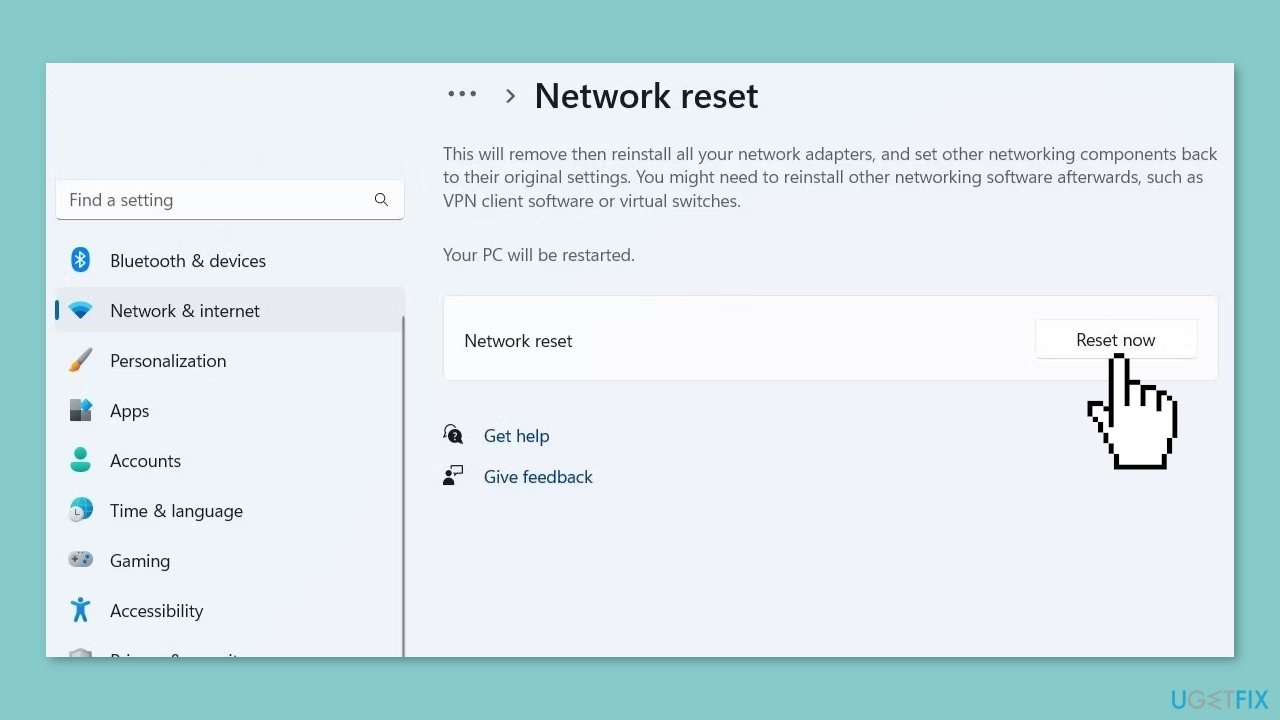
- Select Yes to confirm.
- Wait for the network reset process to complete.
- Once the process has completed, set up your network connection again and check to see if the issue has been resolved.
Solution 9. Try Clean Boot
- Open the Search menu, type in system configuration, and press Enter.
- Under the Services tab, tick the Hide all Microsoft services box.
- Click on Disable all button.
- Head over to the Startup tab and click on Open Task Manager.
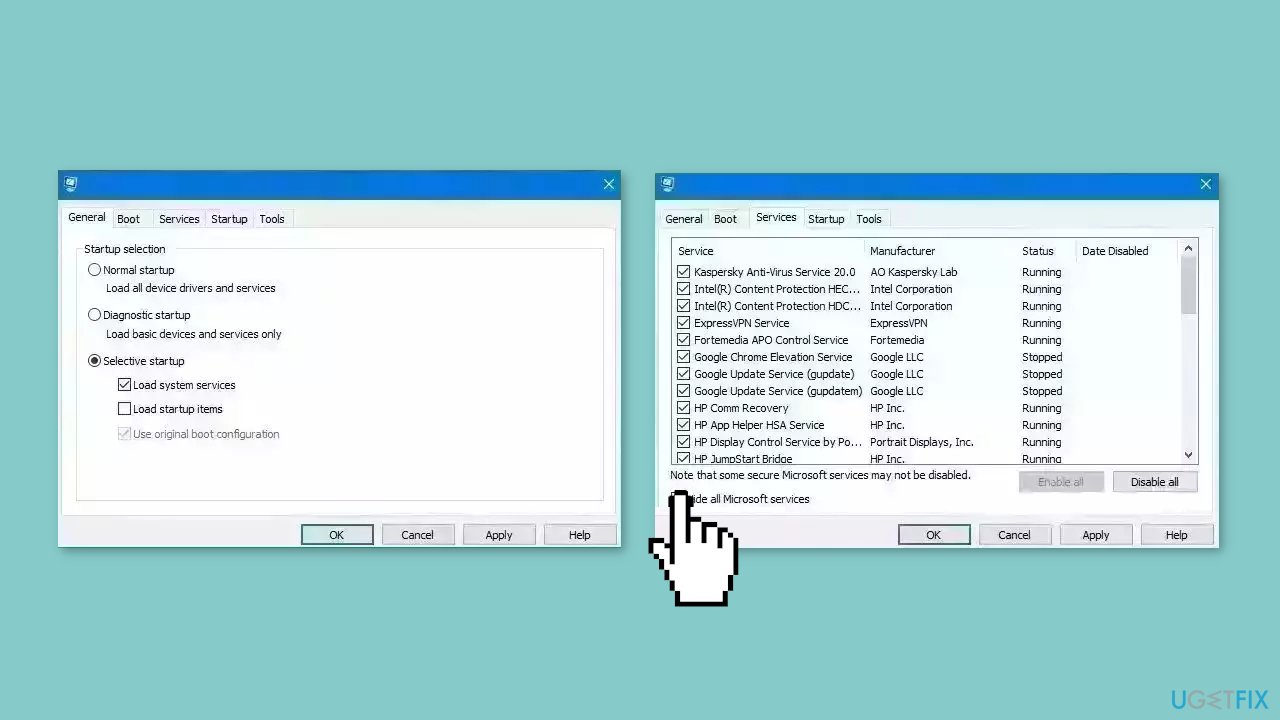
- Select a third-party program and click on Disable at the top.
- Repeat this step to disable all third-party apps and programs.
- Restart your PC to enter the clean boot state and see if the issue persists.
- If the issue disappeared in the clean boot state, then you can be certain that a third-party app is causing it.
- Go through all recently installed apps or programs and remove them one by one.
Repair your Errors automatically
ugetfix.com team is trying to do its best to help users find the best solutions for eliminating their errors. If you don't want to struggle with manual repair techniques, please use the automatic software. All recommended products have been tested and approved by our professionals. Tools that you can use to fix your error are listed bellow:
Protect your online privacy with a VPN client
A VPN is crucial when it comes to user privacy. Online trackers such as cookies can not only be used by social media platforms and other websites but also your Internet Service Provider and the government. Even if you apply the most secure settings via your web browser, you can still be tracked via apps that are connected to the internet. Besides, privacy-focused browsers like Tor is are not an optimal choice due to diminished connection speeds. The best solution for your ultimate privacy is Private Internet Access – be anonymous and secure online.
Data recovery tools can prevent permanent file loss
Data recovery software is one of the options that could help you recover your files. Once you delete a file, it does not vanish into thin air – it remains on your system as long as no new data is written on top of it. Data Recovery Pro is recovery software that searchers for working copies of deleted files within your hard drive. By using the tool, you can prevent loss of valuable documents, school work, personal pictures, and other crucial files.
- ^ Carol Finch. What Are the Benefits of Clearing the Cache?. SmallBusiness. Business Technology and Customer Support website.
- ^ Chris Hoffman. Everything You Need To Know About the Blue Screen of Death. Howtogeek. Tech Insight Magazine.
- ^ Tim Fisher. What Is the Windows Registry?. Lifewire. Software and Apps.



